The CandidateIQ Blog

Data-Driven Decisions: Building Smarter Pipelines in Bullhorn
A deep dive into turning your candidate database into a revenue-generating machine
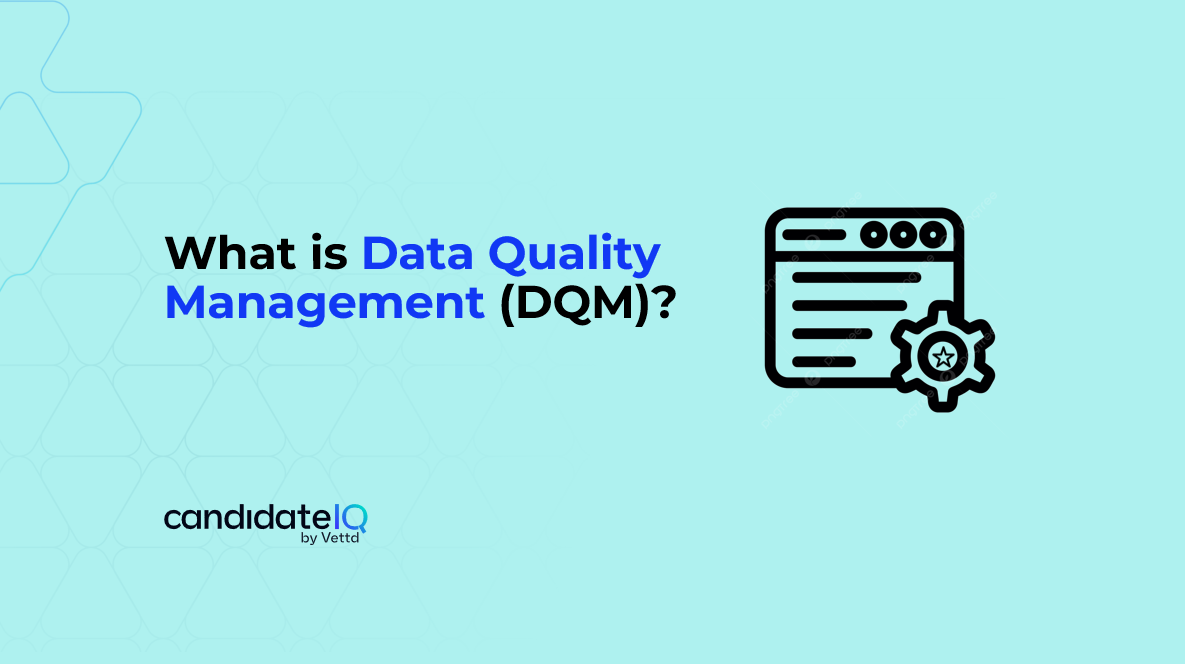
What is Data Quality Management (DQM)?
Data is the foundation of modern business operations, driving everything from customer interactions to strategic decision-making. However, when data is inaccurate, incomplete, or outdated, it becomes a liability rather than an asset.
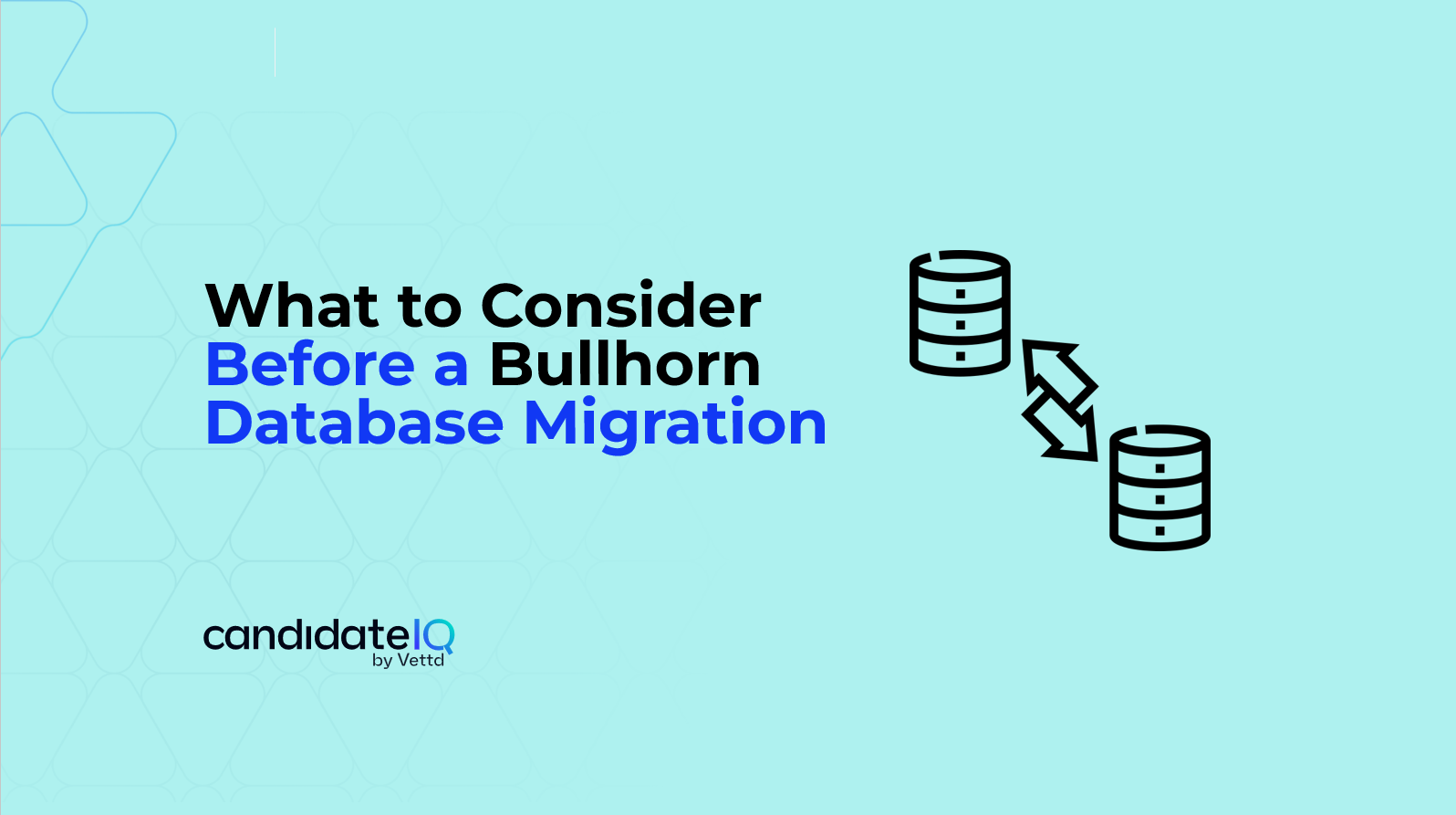
What to Consider Before a Bullhorn Database Migration
Migrating data to Bullhorn is not just about transferring information—it’s about ensuring data accuracy, optimizing recruiter workflows, and setting up your team for success. A well-planned migration will improve search functionality, boost engagement rates, and reduce wasted recruiter time spent dealing with bad data.
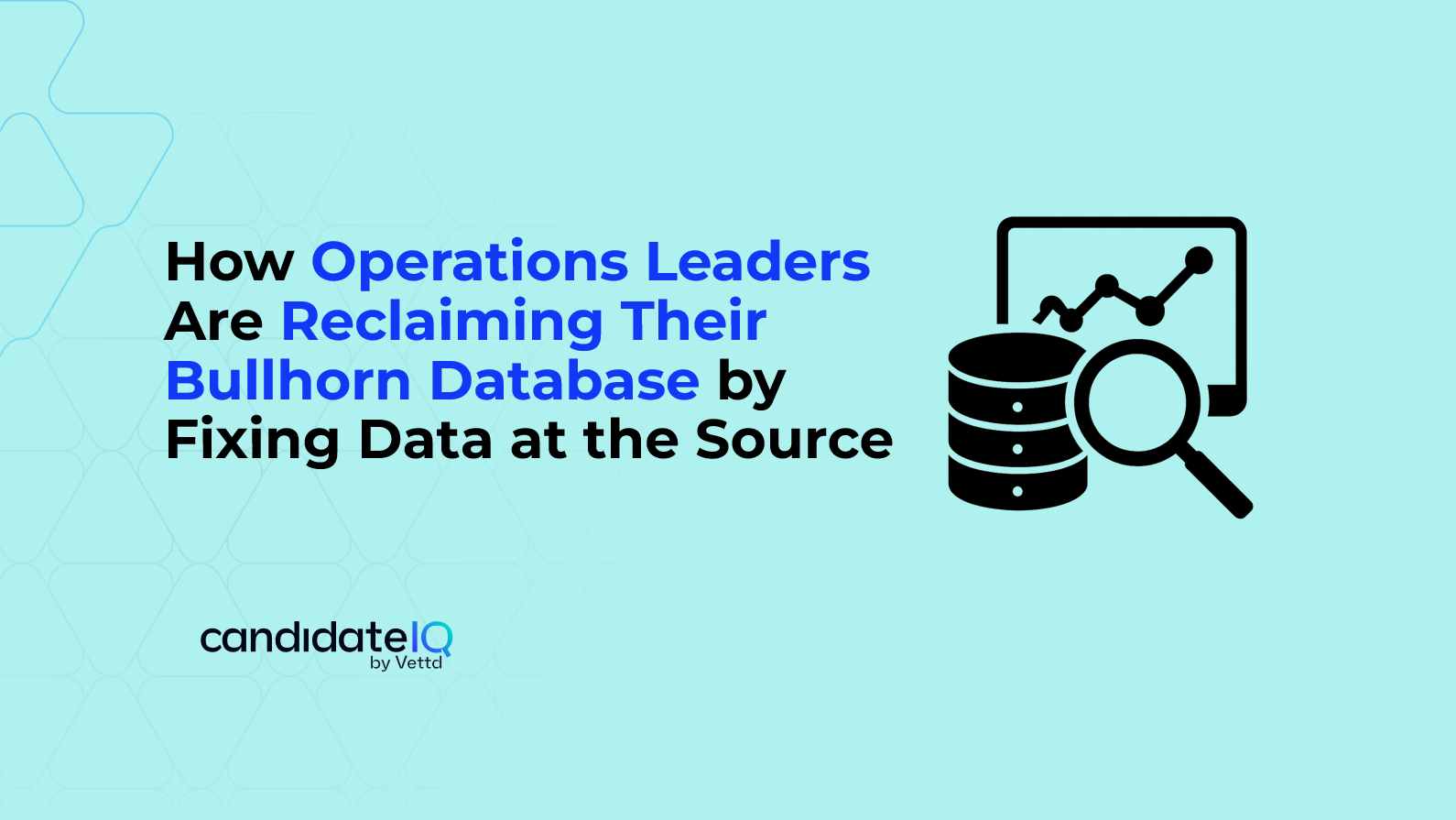
How Ops Leaders Reclaim Their Bullhorn Database
See how operations leaders are restoring trust in Bullhorn by fixing broken records, reducing duplicates, and enabling recruiter adoption.
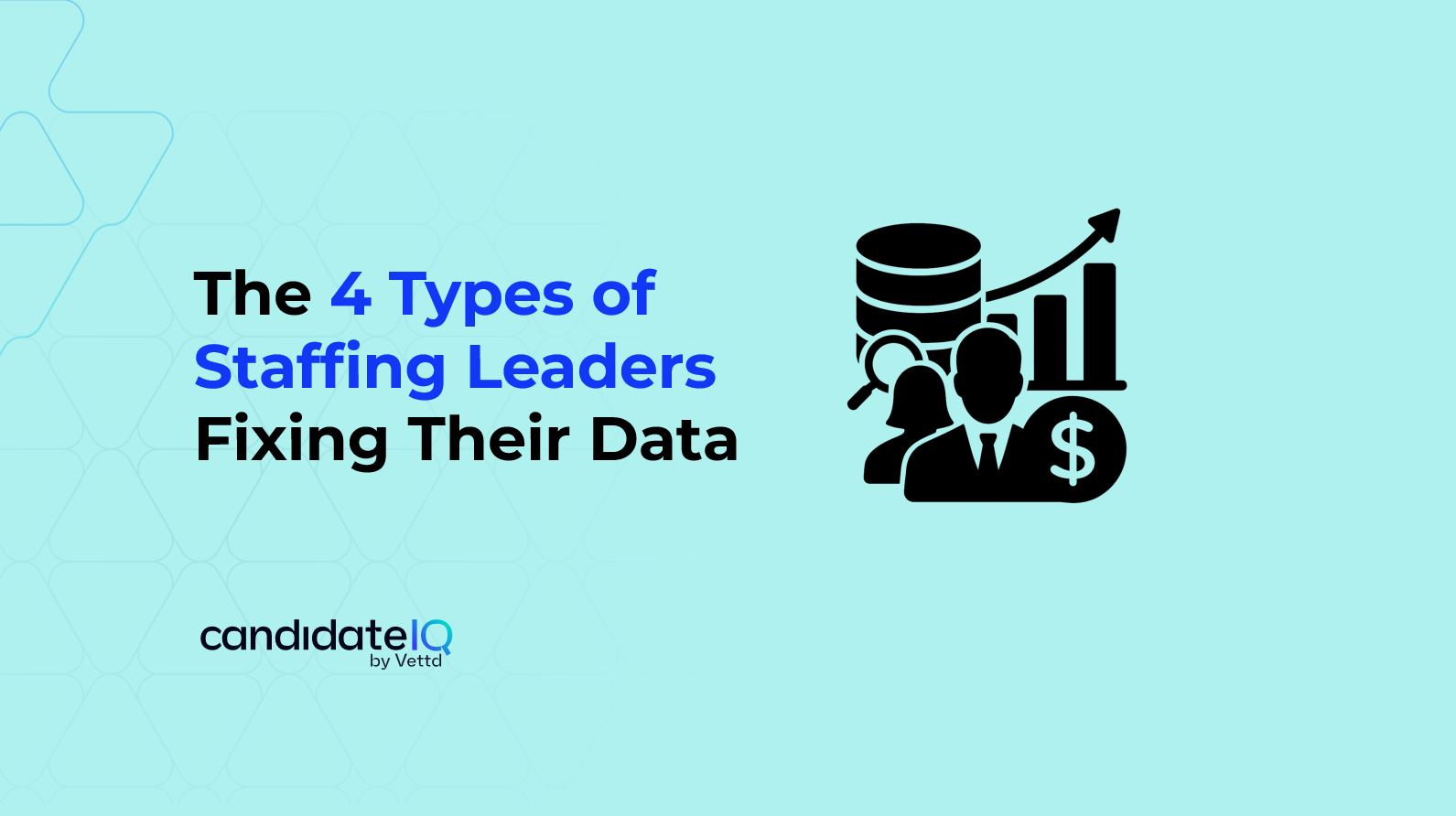
The 4 Types of Staffing Leaders Fixing Their Data
Learn how four types of staffing leaders are solving data issues inside Bullhorn to drive efficiency, automation, and recruiter performance.
The Importance of Tracking Which Phone Numbers in Bullhorn Are Used for Outreach
A structured approach to phone number tracking ensures your recruiters focus on high-value outreach instead of wasting time on dead-end calls. By implementing these Bullhorn best practices, staffing firms can increase efficiency, reduce data waste, and place more candidates—faster.
The Biggest Data Mistake Staffing Firms Make: Ignoring How Candidates Are Contacted
If your firm isn’t tracking how candidates are contacted, you’re leaving valuable data—and potential hires—on the table. Start implementing these best practices today and turn your outreach efforts into measurable success.
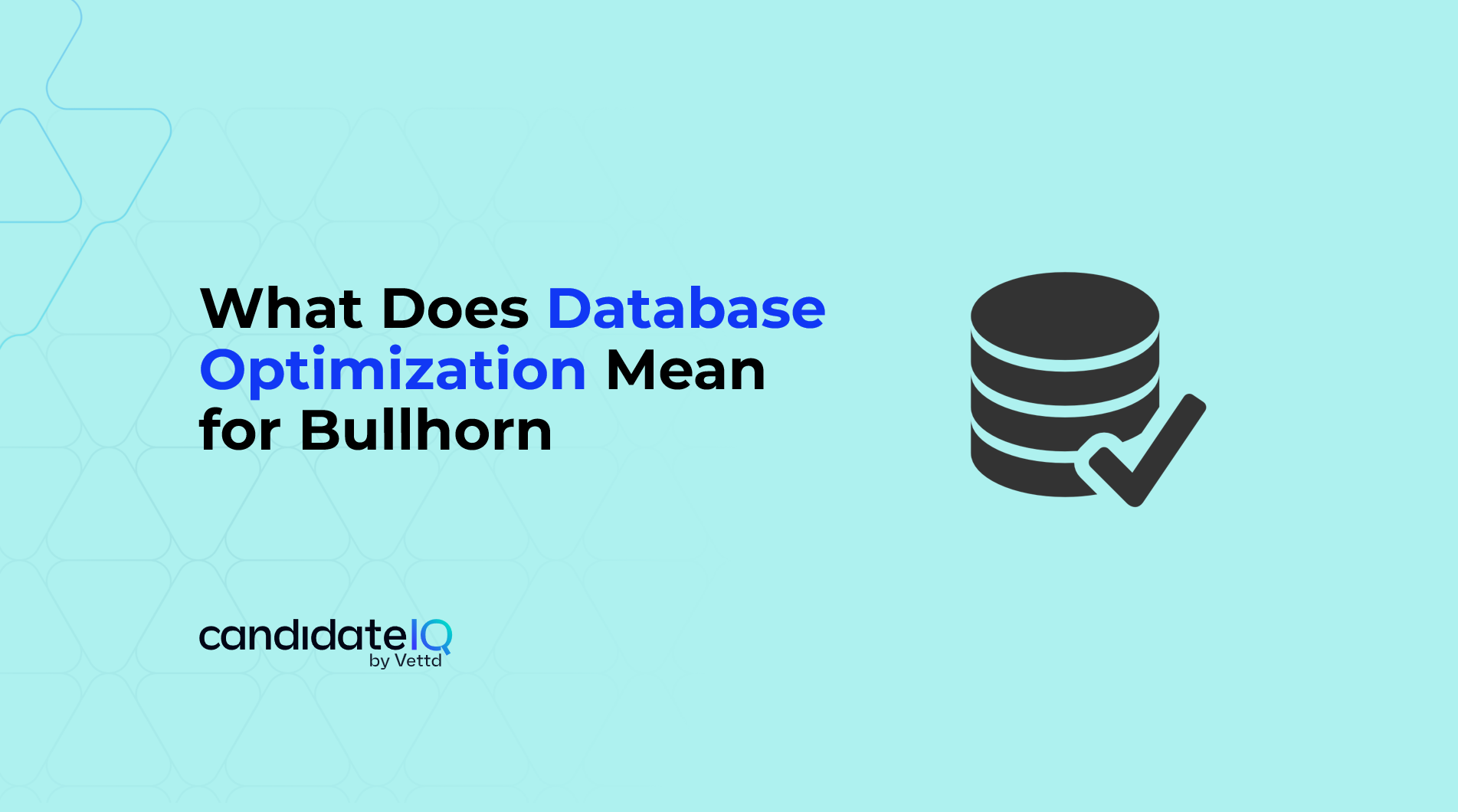
What Does Database Optimization Mean for Bullhorn
Optimizing Bullhorn databases ensures faster search results and improved data accuracy, making it easier for recruiters to focus on placements.

What Is Parsing for Bullhorn
Parsing for Bullhorn automates data extraction from resumes, enhancing accuracy and reducing manual work for recruiters.

What Execs Must Know About Candidate Data Quality
Discover how executive leaders are turning stagnant databases into ROI-producing assets that support growth and reduce sourcing costs.

Understanding Semantic Search in Bullhorn
Semantic search improves accuracy and relevance in Bullhorn by understanding context and intent, but it requires clean data and a well-defined schema to work effectively.

Primary Data, Secondary Data, and Data Quality Management for Bullhorn
Effective data quality management for Bullhorn ensures complete and reliable primary and secondary data for better recruiting decisions.
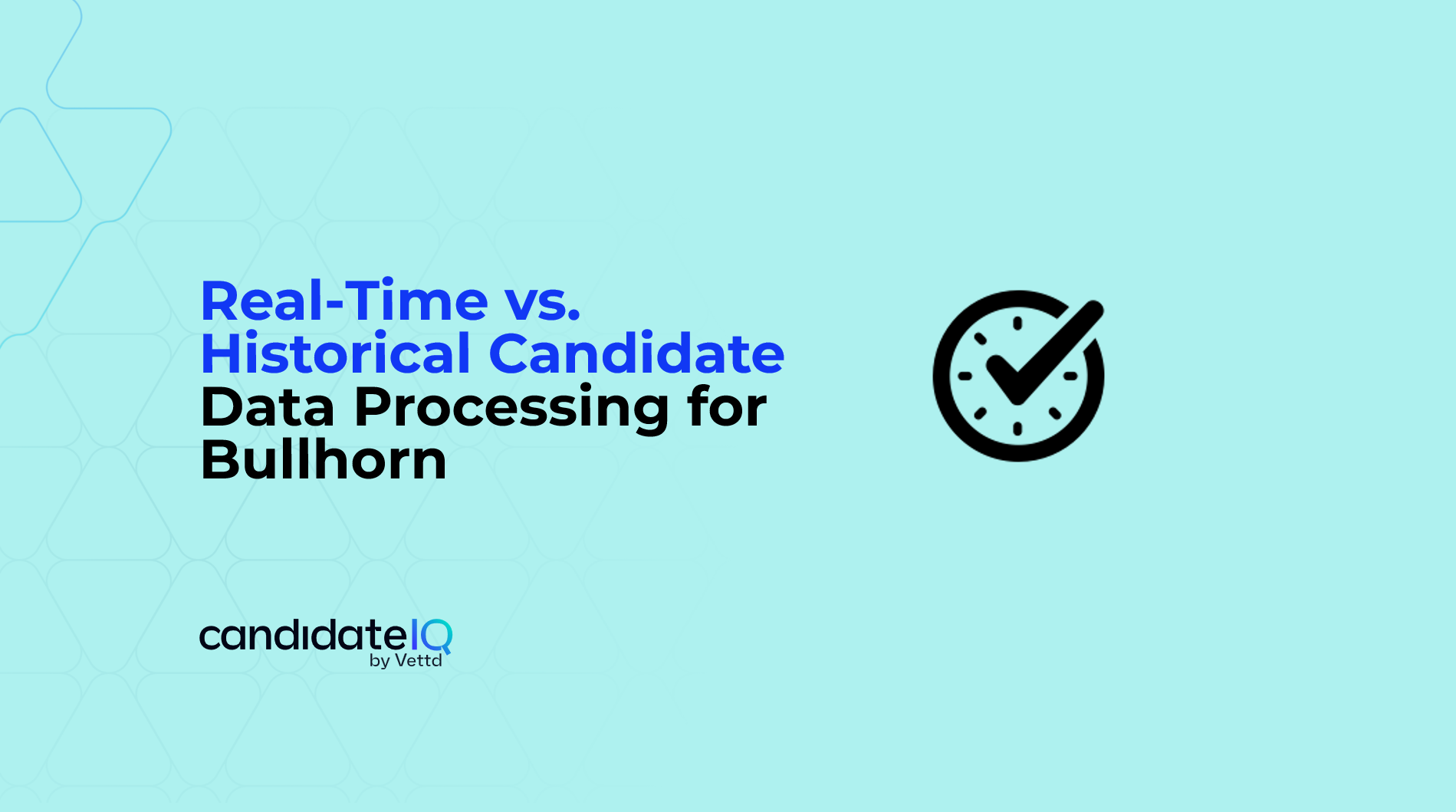
Real-Time vs. Historical Candidate Data Processing for Bullhorn
Combining real-time and historical data processing for Bullhorn enhances data accuracy, reliability, and recruiter efficiency.
Latest posts
Lorem ipsum dolor sit amet, consectetur adipiscing elit.

Data-Driven Decisions: Building Smarter Pipelines in Bullhorn
A deep dive into turning your candidate database into a revenue-generating machine

Driving Data Quality to Enable Your Technology Success – Planning for 2025
If there was one takeaway from our recent Data Strategy Webinar, it’s this: data quality isn’t just a technical issue—it’s a revenue issue. Whether you’re trying to improve recruiter efficiency, enhance marketing performance, or leverage automation and AI, bad data can silently kill your results.

Improving Recruiter Efficiency with Verified Phone Numbers in Bullhorn
Maintaining accurate phone numbers in your Bullhorn database is essential for effective candidate engagement. Transitioning from manual verification to automated processes can significantly enhance data quality, leading to improved recruiter productivity and better candidate relationships.
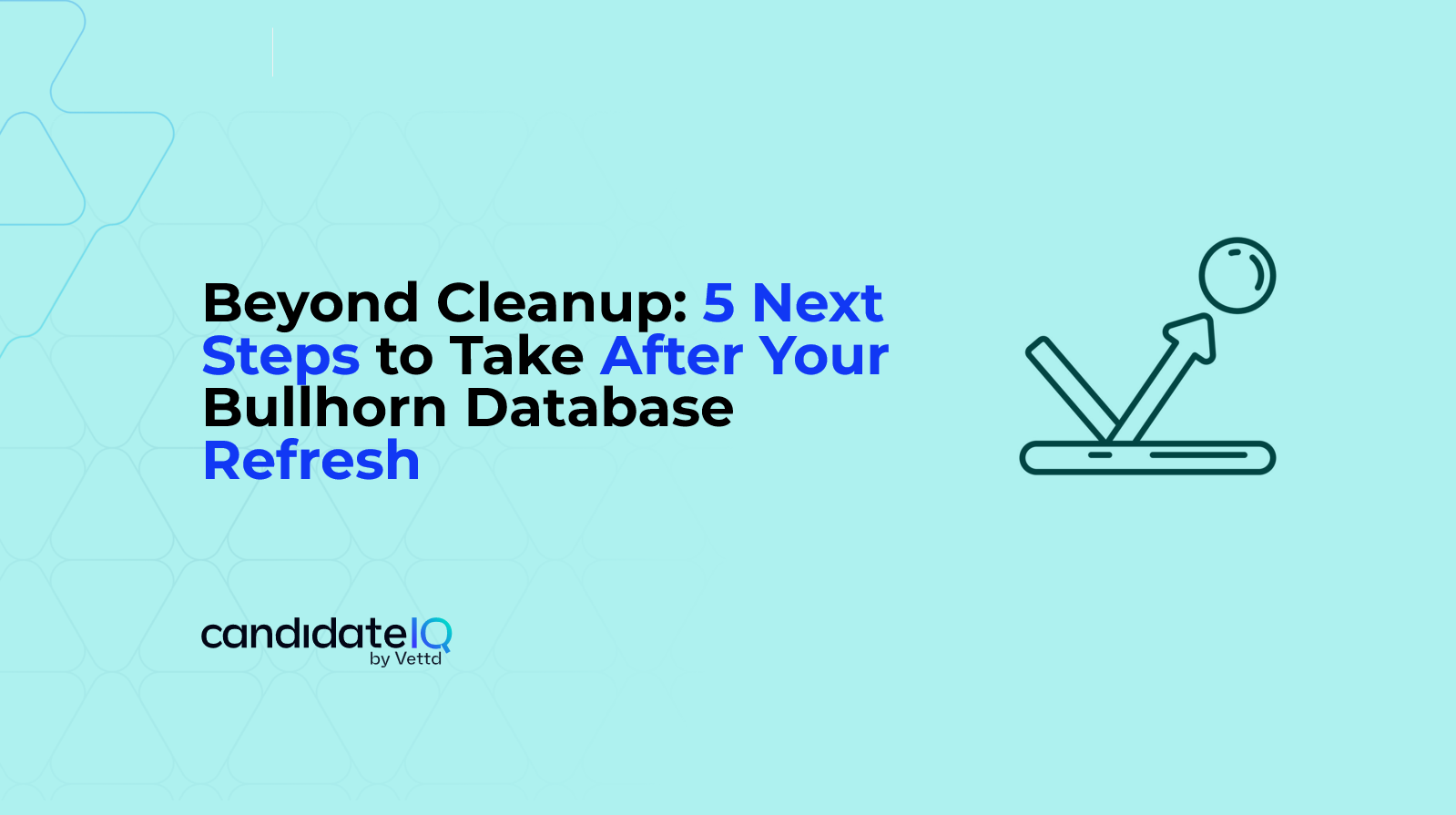
Beyond Cleanup: 5 Next Steps to Take After Your Bullhorn Database Refresh
A database refresh isn’t just about removing bad records. It’s about structuring data so that recruiters and operations teams can work more effectively. Here’s where leading staffing firms focus next after a database refresh, turning clean data into a strategic advantage.
